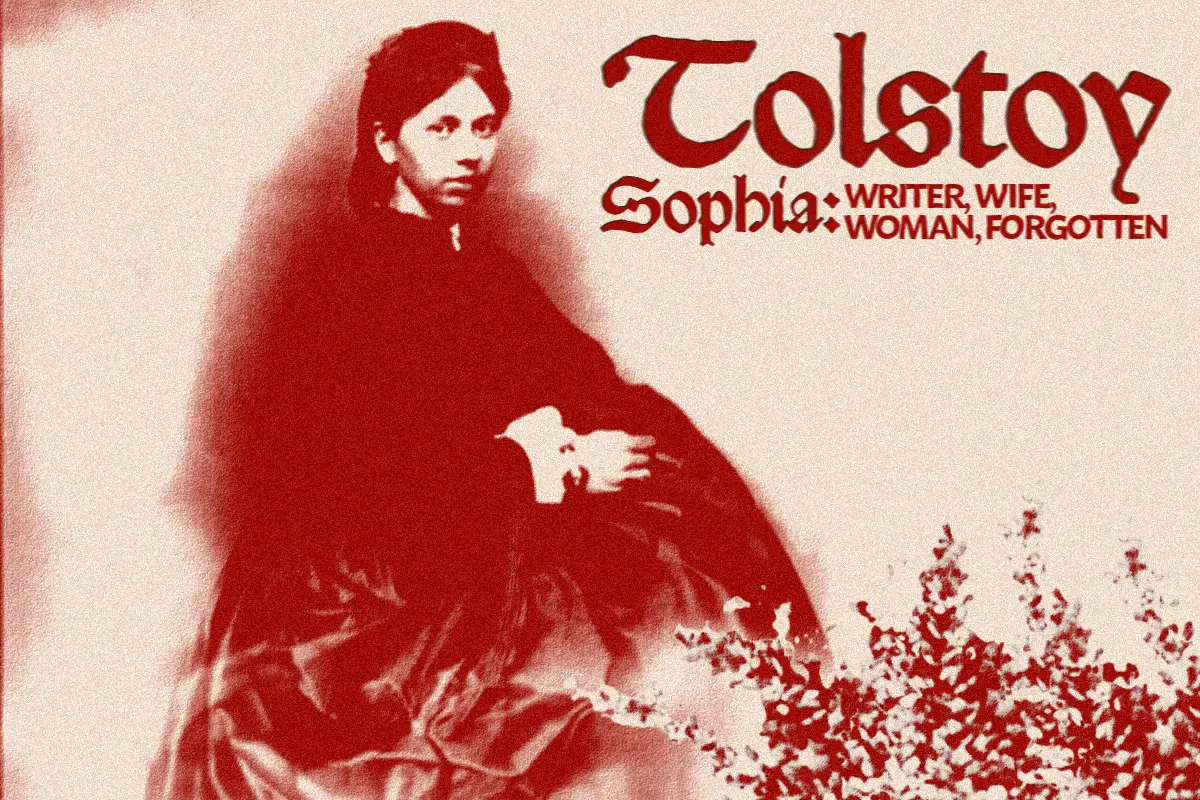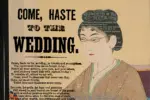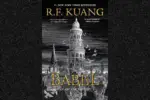Sophia Tolstoy would sit, quill poised in the candlelit room, eyes squinted in focus as she transcribed the barely legible manuscripts her husband, Leo Tolstoy, had given her. Only she could decipher the scrawl, and she did so tirelessly, meticulously copying the stories he presented into polished, refined pieces. The literary classic “War and Peace” as we know it was only possible through the painstaking copying and editing process that Sophia spearheaded. Sophia copied and refined the epic seven times, even negotiating with publishers.
Sophia was more than his wife and editor. She served as inspiration for Leo’s writing, including “Anna Karenina.” Tolstoy himself once referred to Sophia as a force of boundless energy, one that emulated life itself. Her life and writings reflect that sentiment— Sophia Tolstoy was a woman of great passion, and her remarkable reflections on her life demonstrated a hunger for love, companionship, and identity.
Married to Tolstoy at 18, much of Sophia’s young adult life was tied to the success and fame of her writer husband. But Sophia was not one to live in the shadows. She assisted on the family’s 4,000-acre farm, which included 300 peasants that lived on the land. She assisted in farm work, nursing, schooling their 13 children, and managed business affairs while her husband absorbed himself in his writing. Her mind was filled with passion, artistic pursuits and romantic notions, despite the turbulence of her marriage.
Her presence was notable throughout the estate: Tolstoy’s blouses were woven by Sophia, the family portraits set up by Sophia, blankets strewn around their household knitted by Sophia’s nimble fingers. Sophia’s existence in the large, empty household provided a sense of comfort for Tolstoy.
In many ways, Sophia was the cornerstone that allowed Tolstoy’s literary pursuits to run rampant. She held down the home fort as he became more and more focused on his work. Yet, she still found time to sit in the evenings pen in hand, scouring the pages her husband had written and painstakingly rewriting the work onto fresh paper.
Her work ethic not only manifested in her role as wife and editor-in-chief for Tolstoy, but also in her commitment to social work.
As the daughter of a court physician, she served as a midwife and stand-in nurse when a doctor could not be brought to the estate. During the Russian famine of the 1890’s, Sophia, her husband and older children participated in various relief efforts. She organized fund-raising, personally purchased supplies, hired volunteers, and received donations. She even wrote an impassioned appeal to the nation which was carried both in national and international newspapers.
She transcended the bounds of class at the time, meeting with the Russian Tsar for business concerning publishing and engaging in labor work alongside peasant women.
Her photography also gives important insight into the lives of Russians during the time. Her self portraits, especially during her later years, portray a sense of self-assertion she rarely received in her own life. Her photography serves as another way Sophia’s own work has escaped the clutches of forgotten history, despite the lack of interest in women’s photography at the time.
Despite her unwavering support for Tolstoy’s work and her belief in his genius, Sophia wanted to be more than a wife and behind-the-scenes editor. Her diaries, translated from Russian, detail these thoughts during her marriage to Tolstoy, who despite the kindness he showed her, failed to view her as she saw herself: a full identity, a woman of intellect, of intense passion and hopeful dreams.
Sophia wrote in her diary regarding the matter. “If I don’t interest him, if he sees me as a doll, merely his wife, not a human being, then I will not and cannot live like that.”
Sophia’s writing has connected with many women in today’s age who feel the same grievances Sophia did in their modern relationships. Despite the dichotomy of Sophia’s experiences in nineteenth-century Russia versus today’s modern world, the emotions conveyed are timeless. No matter the century, women connect with writings that discuss the metamorphosis of woman to wife a funeral for the woman who was and the wife that must be.
Despite the reduction of many women to quiet wives and vessels for children, Sophia’s writing outwardly denied this characterization. She pondered larger questions: her role in the world, her marriage, her children– of whom only eight survived out of the 13 born..
Her diary marks the musings of a young girl struggling to find her identity in a relationship that asks her to deny it, in a house too large and lonely for someone yearning for connection.
“What am I good for?” she had written, one gloomy April day. “I can’t go on living like this. I would like to do more, something real.”
Her inward reflections throughout her diary paint the picture of what it may have been like for many women at the time, reduced to the success of their husband’s, the glory of the family estates, not even theirs to own.
Sophia directly challenged these notions in her writing, even if it was meant for her eyes alone. Her internal monologue demonstrated a young woman with quick wits, a strong sense of identity and an unmistakable soft spot for her husband, despite their bickering and inability to find common ground.
Her romantic notions are perhaps the most heartbreaking parts of her diary– her youth shines through her words as she describes love so earnestly. It’s the way you would expect a heartsick teenager to write, which in essence, she was.
Despite her proximity to important historical figures, Sophia’s musings dealt with matters of the heart and soul. She was a poet through and through.

















